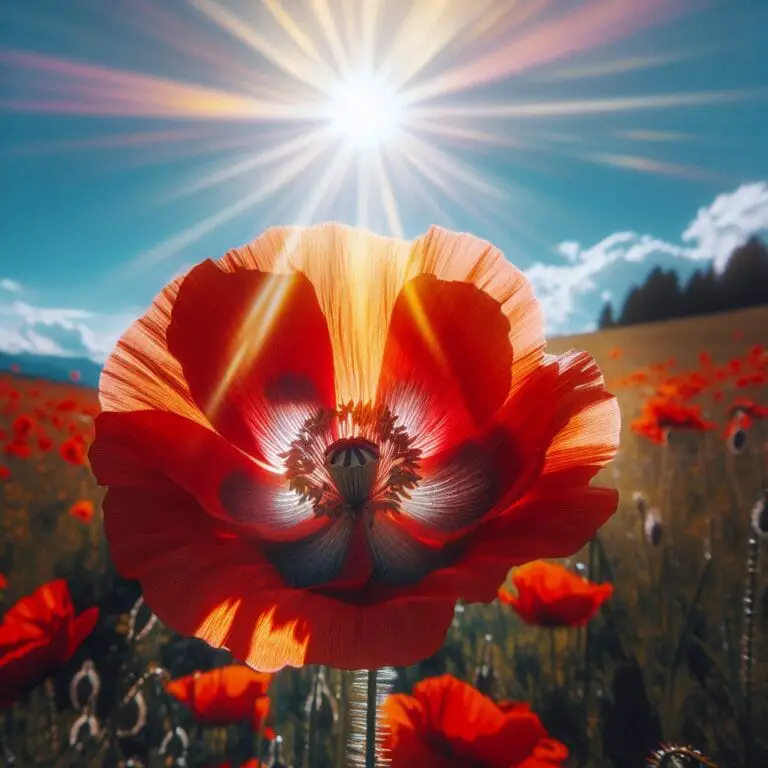National Animal of Belgium Complete Guide
Welcome to our comprehensive guide on the National Animal of Belgium! In this blog post, we will explore all aspects of Belgium’s official national animal, the lion, and delve into its symbolism, historical significance, physical characteristics, habitat, conservation status, and cultural importance.
Join us as we uncover the fascinating world of Belgium’s national animal and discover why it holds such a special place in the hearts of Belgians.
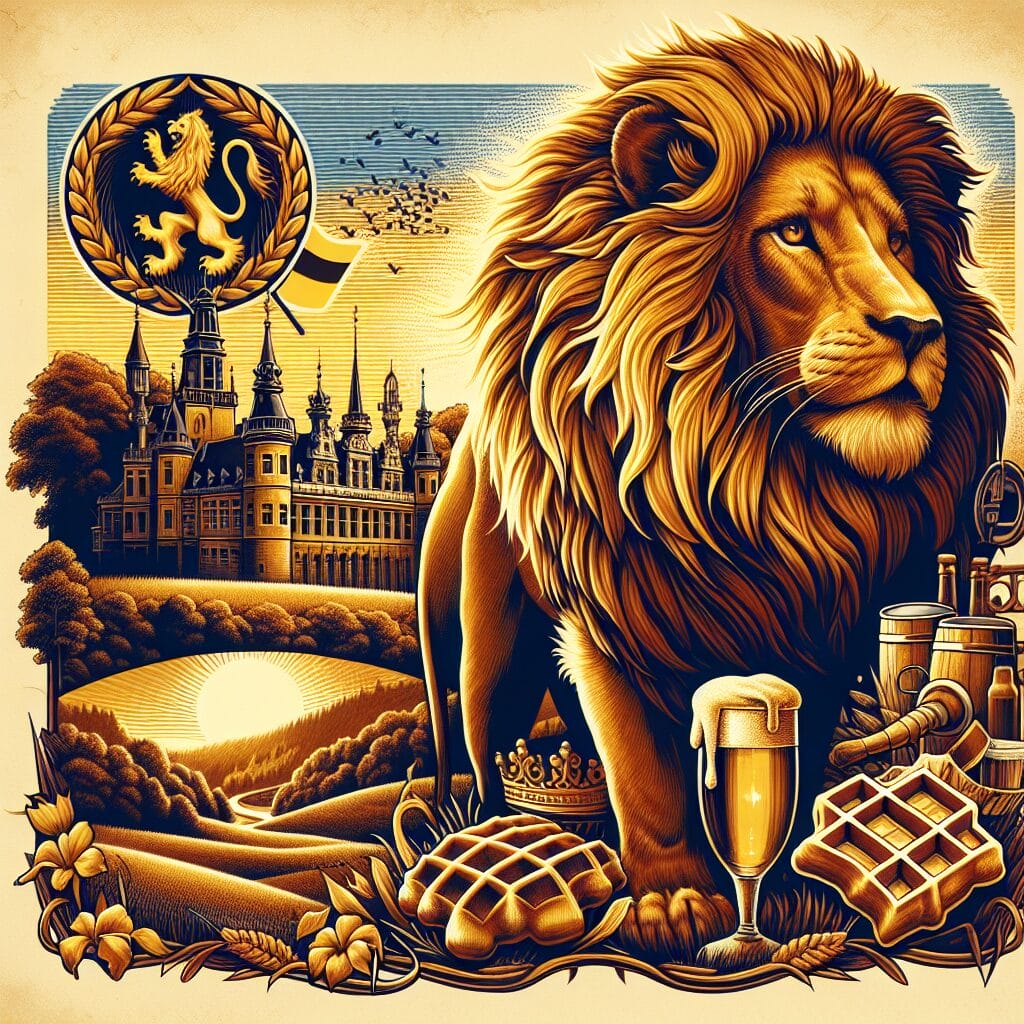
Belgium’s Official National Animal
The official national animal of Belgium is the lion, symbolizing bravery, strength, and royalty. The choice of the lion as Belgium’s national animal dates back to the Middle Ages and is deeply rooted in Belgian history.
Symbolism and Importance of the Belgian National Animal
The lion serves as Belgium’s national animal for a reason beyond its majestic appearance. Symbolically, the lion embodies traits of bravery, strength, and royalty, reflecting the country’s rich history and heritage. Throughout Belgian culture and history, the lion has been a significant symbol, representing courage and power.
Belgium’s official national animal holds great importance in showcasing the country’s values of resilience and nobility. It stands as a beacon of pride for Belgians, symbolizing their unity and identity as a nation rooted in history and tradition.
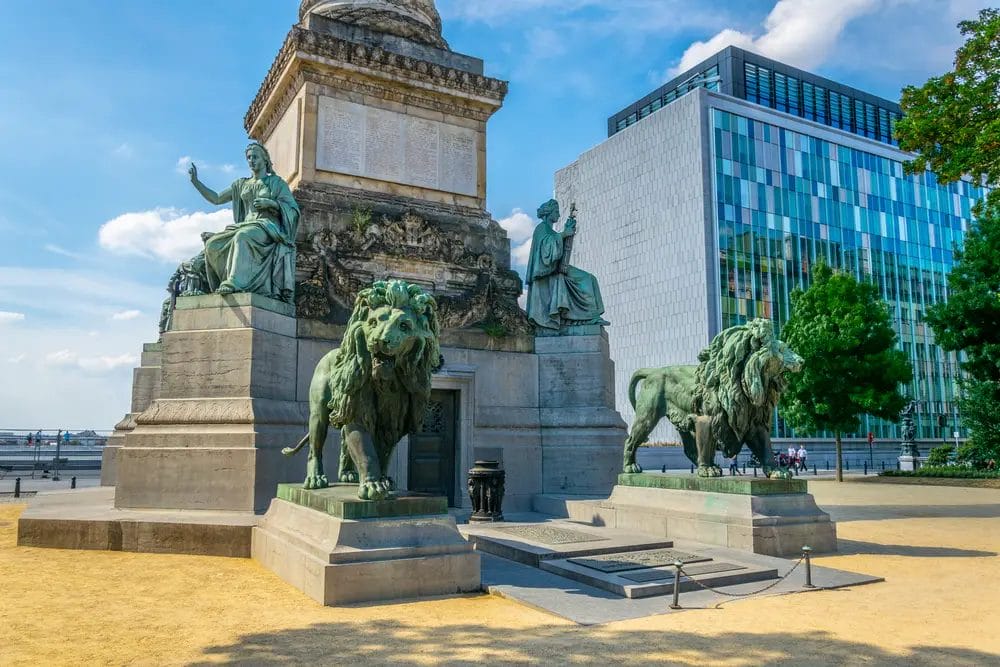
Historical Background of the National Animal of Belgium
The historical background of Belgium’s national animal traces back to medieval times when the lion became associated with nobility and strength. During the Middle Ages, the lion was a popular symbol among European monarchs, representing courage, power, and royalty. It was often used in heraldry as a symbol of the ruling elites.
In the case of Belgium, the choice of the lion as the national animal dates back to the 12th century when the country was ruled by various feudal lords and dukes. The lion was seen as a fitting symbol to represent the nobility and strength of the rulers and their people. Over time, the lion became deeply ingrained in Belgian culture and history.
Throughout Belgian history, the lion has been depicted in various forms of art, architecture, and cultural symbols, showcasing its importance as a national emblem. Today, the lion continues to be a proud symbol of Belgium’s rich heritage and identity.
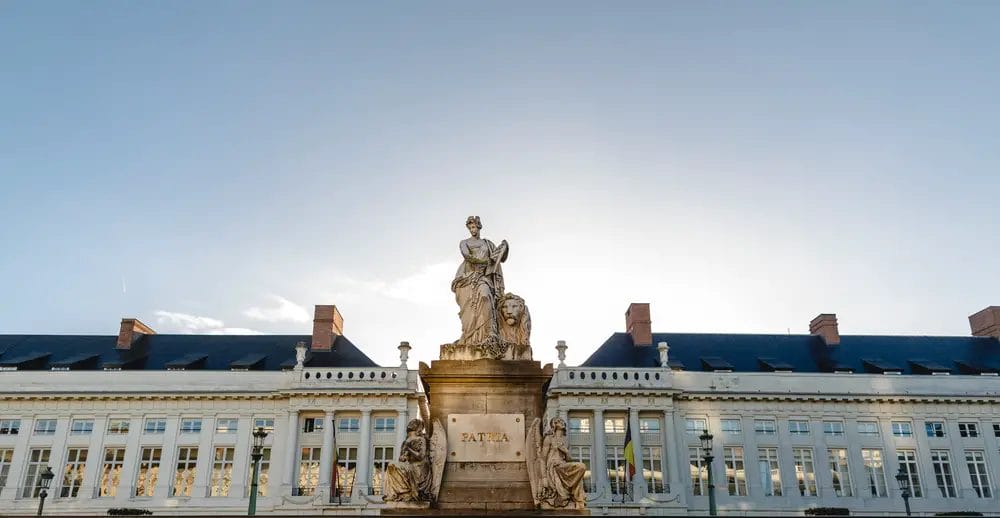
Physical Characteristics of Belgium’s National Animal
Belgium’s national animal, the lion, is known for its majestic mane and regal stature. Lions are apex predators with impressive physical attributes, embodying the ideals of power and authority.
- Strong and muscular body
- Sharp claws and powerful jaws
- Prominent mane on male lions
- Fur color ranges from yellow to golden brown
- Large, round eyes designed for excellent night vision
Habitat and Distribution of the Belgian National Animal
Lions are not native to Belgium, but their habitat and distribution are mainly found in sub-Saharan Africa. In Belgium, lions can be observed in zoos and wildlife reserves, showcasing the country’s admiration for this magnificent creature.
Conservation Status of Belgium’s National Animal
As Belgium’s national animal, lions are not directly under threat in the country, but globally, they face challenges due to habitat loss and poaching.
Conservation efforts in Belgium focus on protecting wildlife habitats and raising awareness about the importance of preserving endangered species like lions.
Interesting Facts about the National Animal of Belgium
Here are some intriguing facts about Belgium’s national animal, the lion:
- Historical Significance: The lion was chosen as Belgium’s national animal due to its historical associations with strength, courage, and royalty.
- Artistic Representations: Belgium’s national animal, the lion, is often depicted in various forms of art, architecture, and cultural symbols throughout the country.
| Category | Metric |
|---|---|
| Population | Less than 500 lions in the wild |
| Habitat | Only found in the Gir Forest National Park in India |
| Conservation Status | Endangered |
| Symbolism | The lion is a symbol of strength, courage, and royalty |
| Belgium’s National Animal | The lion was officially recognized as Belgium’s national animal in 1830 |
Cultural Significance of Belgium’s Official Animal Symbol
The lion serves as Belgium’s official animal symbol, embodying values of bravery, nobility, and resilience. Throughout history, the lion has been a prominent figure in Belgian culture, representing strength and courage.
Belgians take immense pride in their national animal, viewing it as a symbol of unity and identity. The image of the lion can be found in various forms of art, architecture, and cultural symbols throughout the country, highlighting its importance in Belgian heritage.
What are other National Symbols of Belgium
In addition to the lion as the national animal, Belgium also has other national symbols that hold significant cultural and historical importance. These symbols help in representing the identity and heritage of the country.
Belgian Flag
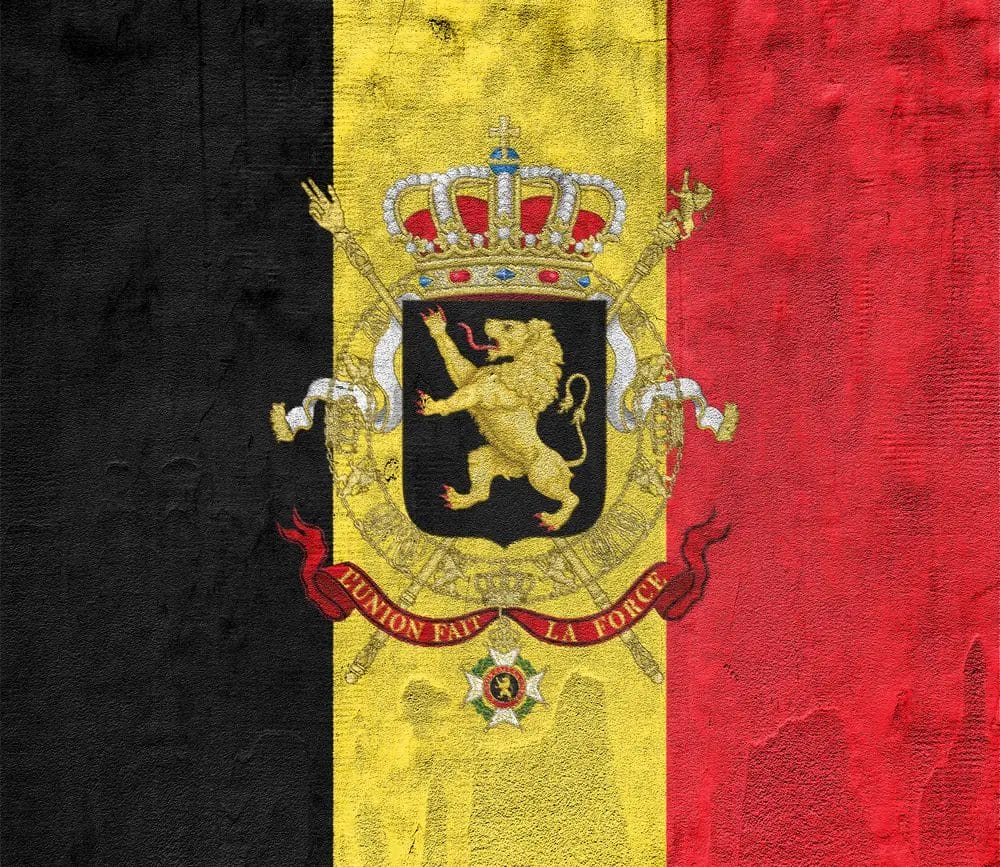
The Belgian flag consists of three vertical bands of black, yellow, and red. The colors are symbolic – black represents the determination of the people, yellow symbolizes the wealth and commerce, and red signifies the bloodshed for independence.
National Anthem
The national anthem of Belgium is called “La Brabançonne.” It was adopted in 1830 and reflects the spirit of the Belgian people and their struggle for independence. The anthem is sung with pride during national events and celebrations.
Atomium Monument

The Atomium is a unique building in Brussels, the capital city of Belgium. It was constructed for the 1958 Brussels World’s Fair and symbolizes the country’s focus on progress, innovation, and scientific advancement. The nine interconnected spheres represent an iron crystal magnified 165 billion times.
Conclusion
In conclusion, the lion serves as a powerful and meaningful national animal for Belgium, reflecting the country’s values of bravery, strength, and royalty. With its rich historical background, majestic physical characteristics, and cultural significance, the lion is a symbol of national pride and unity for Belgians.
As Belgium continues to uphold its national symbols, including the lion, the country’s heritage and identity are celebrated and cherished by its people and around the world.
FAQs: about Belgium
FAQs
What languages do people speak in Belgium?
In Belgium, people speak three main languages: Dutch, French, and German. Dutch is the most widely spoken language in the northern region of Flanders, while French is more common in the southern region of Wallonia. German is primarily spoken in a small eastern region of Belgium. It’s pretty cool that Belgium has three official languages!
What food is Belgium famous for?
Belgium is famous for its delicious chocolate, waffles, and fries! Belgian chocolate is known all over the world for its rich and creamy taste. Belgian waffles are a popular treat, often topped with whipped cream, fruits, or chocolate sauce. And Belgian fries, or “frites,” are crispy on the outside and soft on the inside, perfect for dipping in sauces like mayonnaise or ketchup. Yum!


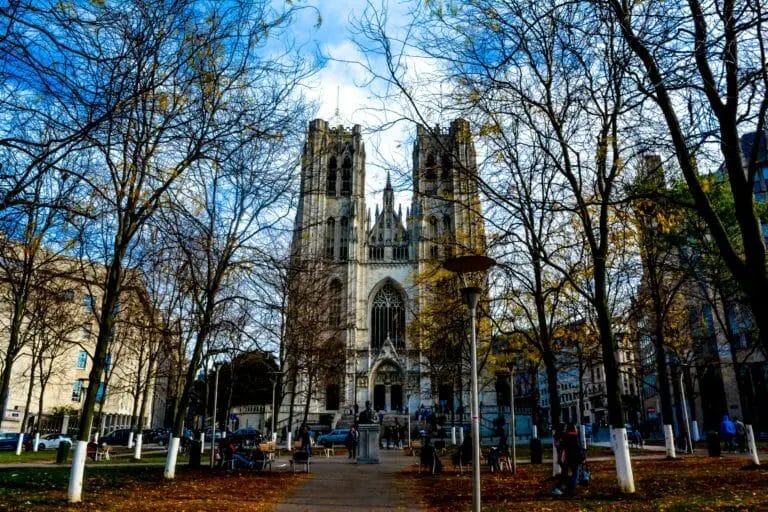
![100+ Bruges Instagram Captions [Updated]](https://chasingwhereabouts.b-cdn.net/wp-content/uploads/2023/11/venice-italy-768x512.jpeg)

